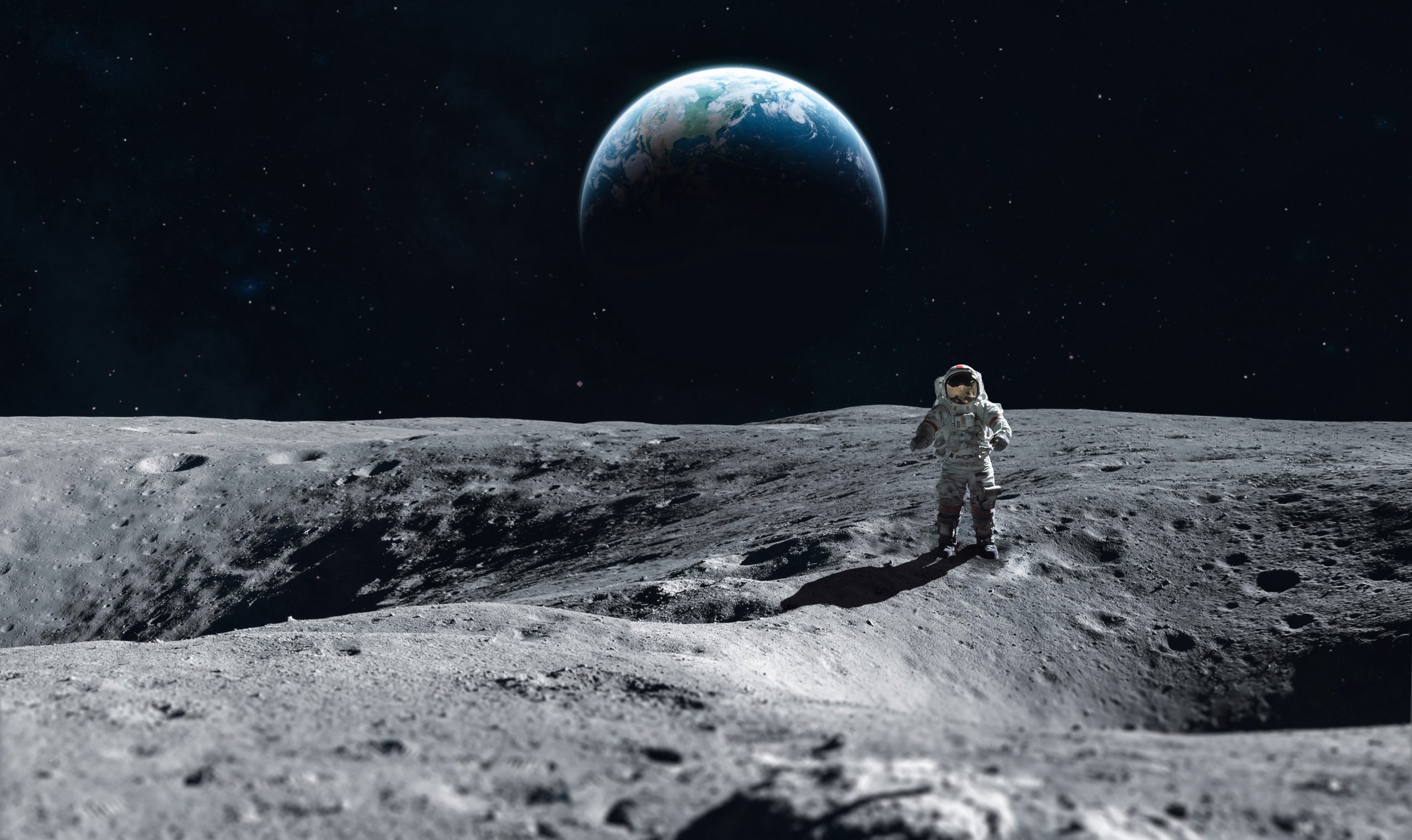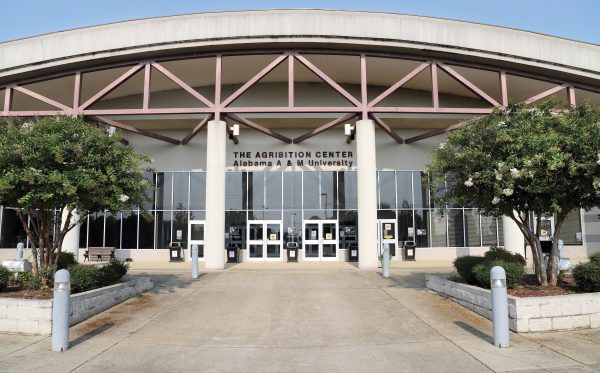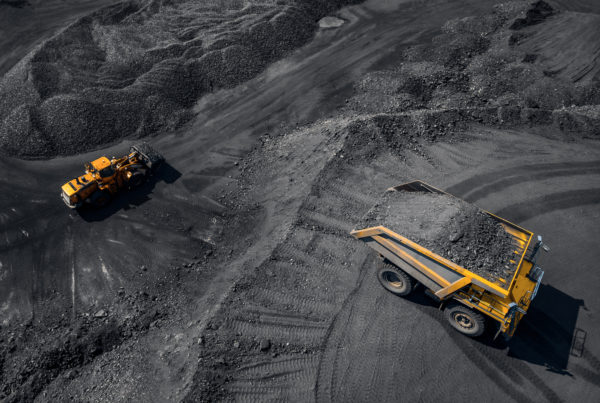The stage is set for the finale of NASA’s Break the Ice Lunar Challenge.
Conceived in 2020, Break the Ice tasked innovators with creating robotic systems that can traverse the volatile terrain of the Lunar South Pole. These robots must be able to dig into the Moon’s regolith – the dusty, icy “dirt” that makes up the lunar surface – and transport it to a secondary location for in-situ resource utilization (ISRU) processing.
If deployed on a NASA mission, these systems would operate in the permanently shadowed regions of the Moon, an area that receives no sunlight. These technologies must survive bitterly cold conditions and cannot rely on solar power regeneration. If successful, NASA can excavate the regolith from this area and use the resources derived from the materials, like frozen water, to aid astronauts living on the Moon.
“Our goal is to provide solutions to make living on the Moon a reality, and Break the Ice directly contributes to that mission,” said Denise Morris, program manager for NASA’s Centennial Challenges. “Excavating lunar regolith before humans arrive on the Moon will allow us to find uses for that material before they get there – if we could build a lunar habitat out of the regolith or extract the water for our astronauts to drink, that means less mass on our vehicles and less work for our crews.”
Phase 1 of the competition focused on designing systems that could achieve three components: excavation, travel, and delivery. Of the 31 teams who submitted eligible proposals, 13 won cash prizes ranging from $25,000 to $125,000.
Phase 2: Level 1 opened in June 2022. Consisting of Phase 1 winners and newcomers, 25 teams developed their initial designs into prototypes with technical reports, engineering designs, and test plans. Six months later, 13 U.S. semifinalists were named, each earning an equal share of $500,000. Two international teams were also recognized as semifinalists, though they were not eligible to receive monetary prizes from NASA.
In Phase 2: Level 2, the finalist pool comprised of garage inventors, academics, industry professionals, and hobbyists from 11 U.S. states, the Netherlands, and India. Nine of these teams attempted a 15-day demonstration trial at their own testing sites to prove the capabilities of their prototypes. The teams live-streamed the tests and took turns hosting representatives from Centennial Challenges for in-person observations.
“What impresses me the most with this batch of competitors is their innate ability to each find unique ways to approach the solution,” said Break the Ice Challenge Manager Naveen Vetcha, who supports Centennial Challenges through Jacobs Space Exploration Group. “Each site visit provided our subject matter experts with new ways to think about this technology and operations, and some of these teams expanded our expectations for how to bridge this technology gap.”
The Phase 2: Level 2 winning teams are:
1st Place ($300,000): Starpath Robotics (San Francisco, CA)
2nd Place ($200,000): Terra Engineering (Gardena, CA)
3rd Place ($125,000): The Ice Diggers (Golden, CO)
Runners Up ($75,000 each):
- Cislune Excavators (Los Angeles, CA)
- Space Trajectory (Brookings, SD)
- MTU Planetary Surface Technology Development Lab (Houghton, MI)
In this last round of competitions, scheduled to take place in the spring of 2024, the above winners will bring their prototypes to a NASA-designated test facility for a series of head-to-head matchups. Expected testing includes excavation under reduced gravity – using gravity off-loading – and transportation over complex terrain, including rocks, craters, slopes, turns, and loose granular soil.
“Bringing the competitors to one central location is the best way to end a challenge like Break the Ice because it provides us with an opportunity to observe and test their designs in a common relevant environment,” said Mark Hilburger, a senior research engineer in the Space Technology Exploration Directorate at NASA’s Langley Research Center in Hampton, Virginia, and principal technologist for Break the Ice. “These technologies must be thoroughly tested to survive on the Moon, so a test opportunity like this helps the teams prove if their prototypes are up to the task.”
This final round of competition will offer up to $1.5 million in cash prizes, split between first place ($1 million) and second place ($500,000). NASA will also award opportunities for teams to test their concepts at one of the agency’s Thermal Vacuum Chambers, which can simulate the temperature and atmospheric pressure conditions at the Lunar South Pole.
The Break the Ice Lunar Challenge is a NASA Centennial Challenge led by the agency’s Marshall Space Flight Center in Huntsville, Alabama, with support from NASA’s Kennedy Space Center in Florida. Centennial Challenges are part of the Prizes, Challenges, and Crowdsourcing program led by NASA’s Space Technology Mission Directorate and managed at NASA Marshall. Ensemble Consultancy supports the management of competitors for this challenge.




